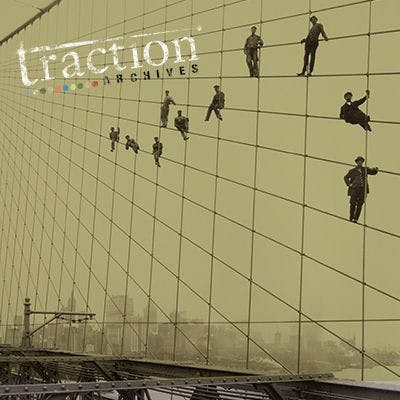Tai Chi for Business, Lesson 2

By Adam Kleinberg
You might not realize it, but Tai Chi is a martial art.
While the movements are practiced slowly so we can internalize proper body mechanics, those movements are the foundation of how Tai Chi can be used in a martial interaction.
Think Ralph Macchio waxing on, waxing off.
But Tai Chi differs from other martial arts. Other martial arts teach you how to maximize force—to use momentum to gain power to knock someone on their ass.
In Tai Chi, we use the complete absolute absence of force to simply help our opponents knock themselves on their asses in a very devastating way.
All that excruciatingly slow movement you see old Chinese people doing in parks (or me if you're at Lake Merritt at 8am)? It's designed to perfect our body mechanics so that we maintain a constant flow of movement around a single vertical axis between heaven and earth.
By being straight, the Tai Chi master is always balanced. If he had to use tai chi in a martial interaction (a.k.a. a fight), the tai chi master would not attack. The master would wait for his opponent to sacrifice his balance by attacking first. Rather than resist with force, the master would meet that yang with some yin. He'd flow like water and help his opponent beat himself.
Think of trying to sit on a chair that someone pulls away. The force of your fall would be all the harder because there was an expectation of resistance. Now magnify that fall with the intention of violence. And add a knee or a fist you never saw at the end of that fall.
Now, you know the power that is the martial art of Tai Chi.
Yin, Yang and Happy Customers
How can companies learn from this lesson in Tai Chi?
Maximizing force, power and momentum to smack customers upside the head used to be the "right way" to do business. Messages were designed to feature strengths and hide weakness. Communications were hurled at audiences with ferocious strength. This message is brought to you by Mr. Clean, dammit.
Brands attacked.
Today, attacking your customers seems like a pretty lousy strategy.
Take Netflix.
A few months ago, Netflix was beloved far and wide. Then came "the email."
NetFlix had to raise their prices. So they attacked. They sent their customers a poorly worded email that felt like a blow adding insult to injury.
Netflix had legitimate reasons for raising prices. They were getting tens of millions of API calls per month due to the success of their streaming offerings (all accessed through APIs), but had no incremental revenue to pay for the servers to handle all this traffic.
But instead of being humble (fluid) and candid (straight) about their reasons for doing this, they attacked.
They sent out an email to their user base that was aloof and arrogant and alienated their customer base on a massive scale. They simultaneously hit customers with a price hike and a defiant boast about what a great deal they were still getting with their price hike. They offered no ebb to their flow.
No yin to their yang.
The week they implemented the change, they lost 600,000 customers.
If Netflix was a Tai Chi master, they'd have done things differently. They would have remained straight and unafraid to candidly expose the challenge they faced. They would have matched the unfortunate inconvenience of an unavoidable price increase with the humility of a company that loved their customers dearly and were deeply sorrowed to have to inconvenience. This would have disarmed potential antagonists. Sure there would have been upset customers, but not hordes of viciously angry ones. Netflix could have responded to the angry voices with a flow of equally sincere apologies.
Despite all the talk about the need of transparency, all the books and articles and speeches about empowered consumers, all the changes we've witnessed in the past decade, the majority of companies still don't know how to express their humanity. The Netflix story is not a call to advertise your weaknesses. It's an illustration of why you need to add a little yin to your yang.
Go with the flow, young grasshopper.

For the past five years, I have practiced tai chi with the disciple of a great master in Beijing. My teacher is very wise.

A few months ago, I spoke on a panel about brand APIs put on by Mashery with the heads of Open API programs at PayPal, NetFlix and Best Buy.
On page 10 of Traction's employee handbook, right in between the sections on "Voting Leave" and "Military Leave," is a little section called "The Burning Man Policy."
